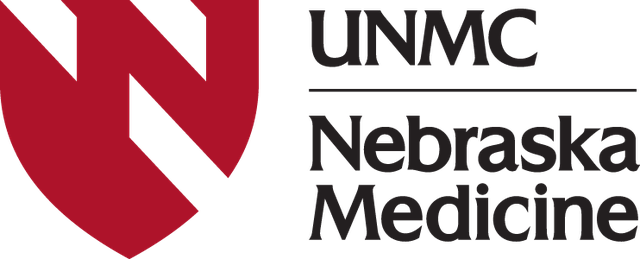A Phase III Randomized Study of Maintenance Nivolumab versus Observation in Patients with Locally Advanced, Intermediate Risk HPV Positive OPCA
Categories (click each to see list of all clinical trials associated with that category): Head & Neck (ONC)
Current Status: Open
Phase: III (Cancer Control)
Principal Investigator: Ganti, Apar
Contact Information:
Jamie Willms
+1 402-559-8649
jamie.willms@unmc.edu
Eligibility: https://clinicaltrials.gov/study/NCT03811015?term=NCT03811015&rank=1
Summary
Primary Outcome Measures:
1. Overall survival (OS) [ Time Frame: From randomization to death, assessed up to 10
years ]
Log rank test will be used to compare OS. As patients on the observation arm are allowed to cross-over to the nivolumab arm upon progression, an overall survival analysis using inverse probability censoring weights (IPCW, Robins et. al, 2000) will also be considered.
Kaplan-Meier method and Cox regression will be used for the survival outcome analyses.
2. Negative (standardized qualitative) 12 week post therapy (cisplatin + radiation therapy
[RT]) FDG positron emission tomography/computed tomography (PET/CT)
associated with OS for patients who have a PET/CT [ Time Frame: At 12 weeks post
therapy ]
Logrank tests and input hazard rates will be used.
3. Negative (standardized qualitative) 12 week post therapy (cisplatin + RT) FDG PET/CT
associated with PFS for patients who have a PET/CT [ Time Frame: At 12 weeks post
therapy ]
Logrank tests and input hazard rates will be used.
Secondary Outcome Measures:
1. Progression-free survival (PFS) [ Time Frame: From randomization to date of
progression, second primary tumor from the head and neck region, or death, assessed up
to 10 years ]
Progression will be defined using Response Evaluation Criteria in Solid Tumors (RECIST)
1.1 criteria. The comparison of PFS will use stratified log rank test and will be intent-to-treat analyses.
2. Prognostic effect of baseline PD-L1 expression (positive versus [vs.] negative) on
OS and PFS [ Time Frame: Baseline up to 10 years ]
Chi-square testing or Pearson correlation testing will be used for the secondary
correlation analyses.
3. Prognostic effect of baseline saliva and/or plasma human papillomavirus (HPV) status
(positive vs. negative) on OS and PFS [ Time Frame: Baseline up to 10 years ]
Saliva and plasma HPV status at 12 weeks and 9 months following completion of
concurrent therapy will also be analyzed regarding effect on outcome. Chi-square testing or Pearson correlation testing will be used for the secondary correlation analyses.
4. Prognostic value of maximum standardized uptake value (SUVmax) of primary tumor or
neck nodal metastasis of baseline FDG PET/CT for OS [ Time Frame: Baseline up to
10 years ]
Chi-square testing or Pearson correlation testing will be used for the secondary correlation analyses.
5. Prognostic value of SUVmax of primary tumor or neck nodal metastasis of baseline
FDG PET/CT for PFS [ Time Frame: Baseline up to 10 years ]
Chi-square testing or Pearson correlation testing will be used for the secondary
correlation analyses.
6. SUVmax of primary tumor or nodal metastasis of baseline FDG PET/CT with PDL1
expression (positive vs. negative) [ Time Frame: Baseline up to 10 years ]
Chi-square testing or Pearson correlation testing will be used for the secondary
correlation analyses.
7. Post therapy (cisplatin + RT) FDG PET/CT with saliva or plasma levels of HPV
deoxyribonucleic acid (DNA) [ Time Frame: Up to 9 months post-therapy ]
Chi-square testing or Pearson correlation testing will be used for the secondary
correlation analyses.
8. PET based therapy response assessment compared to RECIST 1.1 assessment for
patients who have a PET/CT scan at 12 weeks [ Time Frame: At 12 weeks post
chemoradiation therapy ]
Kappa statistics will be applied to evaluate the agreement between PET based therapy
response assessment (Hopkins criteria) and RECIST 1.1 assessment at 12 weeks post
chemoradiation therapy.

